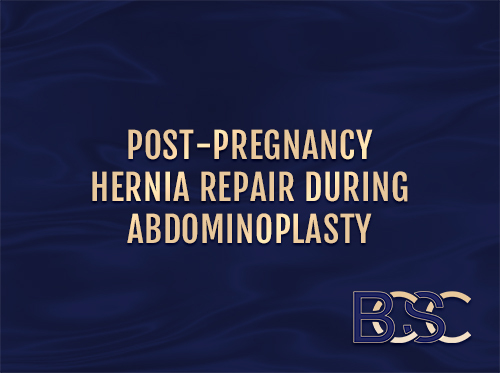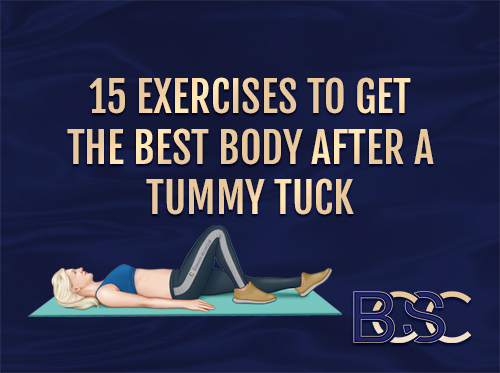Using PICO Negative Pressure Dressings for Abdominoplasty Incision
PICO dressings are advanced wound therapy systems that apply negative pressure on the entire wound surface to promote wound healing. They come equipped with features that absorb wound discharge, keeping the delicate wound bed dry. Note that for these dressings to be effective, they have to be applied correctly and taken care of.
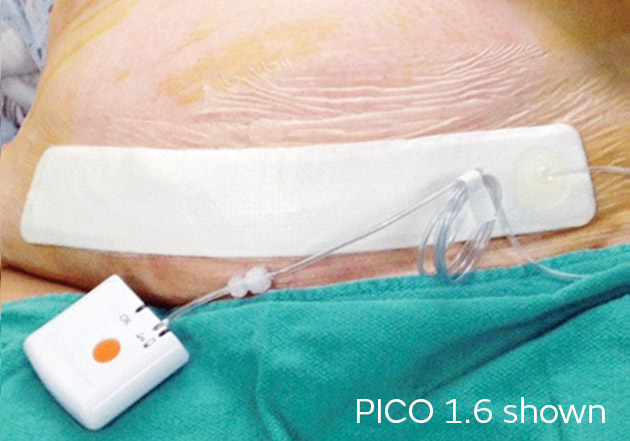
How are PICO negative pressure dressings applied? How do I ensure the negative pressure system works effectively at home? What is the proper PICO negative pressure aftercare? If you are asking yourself these questions, here is how and why we use PICO negative pressure dressings for abdominoplasty incisions.
What is PICO Negative Pressure Dressing?
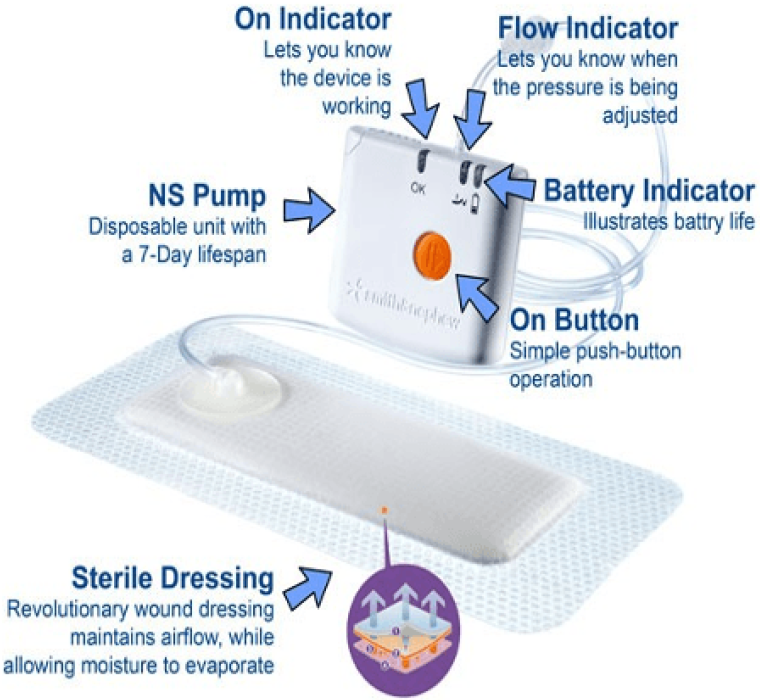
PICO negative pressure dressings are advanced wound dressings that employ negative pressure wound therapy to facilitate healing. Apart from optimising wound healing, these dressings stay in place for a maximum of 7 days post-op, thanks to their advanced features. These featured systems include;
A Sterile Pump
A sterile PICO pump generates negative pressure for wound therapy. There is a small battery in the pump’s casing that powers it.
An AIRLOCK Technology Layer
The AIRLOCK system layer distributes pressure evenly on the closed incision. This layer stays close to the skin to ensure adequate tissue perfusion.
Adhesive Dressing
PICO dressing consists of three layers. The top layer is the one closest to the skin and is made up of gentle silicone. There is a central absorbent gentle adhesive dressing layer that absorbs any wound discharge. The final layer keeps contaminants and dirt away from the dressings.
Smart Technology
PICO negative pressure dressings feature an innovative technology PICO system that monitors and tracks the wound’s progress. These options provide an alert whenever anything looks off to ensure constant negative pressure on the wound. We will look at these alerts and what they mean later in the article.
Canister-Free
Unlike traditional wound dressings, PICO doesn’t require a canister. Its canister-free system absorbs excess fluid, making the single-use negative pressure wound therapy system change the process more convenient.
Why We Use Negative Pressure Wound Dressings for Abdominoplasty Incision

Dr Bernard Beldholm has used PICO negative pressure dressings for almost all body contouring surgeries. After years of observations, it is clear they are more effective and superior to other options, and here is why we use them at Body Contouring Surgery Clinic:
- PICO negative pressure dressings drain any excess wound discharge thanks to the absorbent layer. This ensures it stays dry, promoting healing.
- Also, the unique layers featured within the bandages help trap bacteria. This is one key measure in reducing the chances of getting infected.
- PICO dressings are easy to remove. The adhesive layer is gentle on the skin, reducing the pain, damage, and effort needed to remove the bandage.
- Its canister-free system promotes mobility. It also makes it comfortable for patients to sleep at night.
- PICO dressings improve blood flow to the wound, reducing swelling. This is an area not addressed by traditional wound dressings.
The above reasons are a combined effort of all the featured systems. The result of a well-healed tummy tuck wound is the formation of a better-looking scar.
How Does Dr Bernard Beldholm Apply PICO Negative Pressure Dressings?
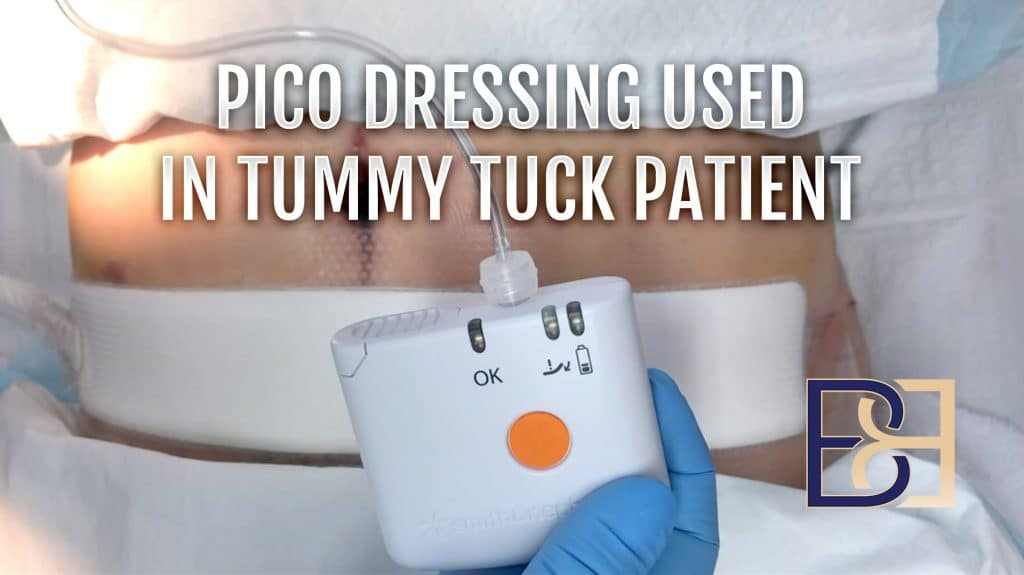
One has to apply PICO negative pressure dressings correctly for them to work effectively. It requires years of experience to master, and here is a brief outline of how Dr Bernard Beldholm uses PICO negative pressure dressings for abdominoplasty closed surgical incisions;
Step 1
Dr. Bernard begins by removing any hair around the wound region. After that, he gently uses a towel dipped in sterile saline water to rinse and dry the wound.
Step 2
Remove the pump as well as the sterile dressings. Insert the batteries (this starts an internal timer that shuts the dressing off on day 7), and close the cover. At this point, he will show you the three lights illuminating at once.
Step 3
Apply the dressing to the incision. Make sure that the whole incision is covered.
Step 4
He applies the fixation strips to each of the four borders of the dressing. After application, he removes the top carrier from each strip. These strips act as a seal throughout the dressing’s wear time. For tight spaces, he can choose to apply these strips and establish a seal before activating the pump.
Step 5
After that, he connects the pump to the applied dressing. Dr. Beldholm does this by gently twisting the tubing connectors together and depressing the orange button to initiate the commencement of negative pressure application. The green light will begin flashing, indicating that the pressure wound therapy system is operational.
Step 6
The pump will begin generating negative pressure on the wound region. This takes approximately 30 seconds, depending on the wound’s size. If, after 30 seconds, the system hasn’t established the negative pressure, the amber air leak light will illuminate.
PICO Care and Maintenance
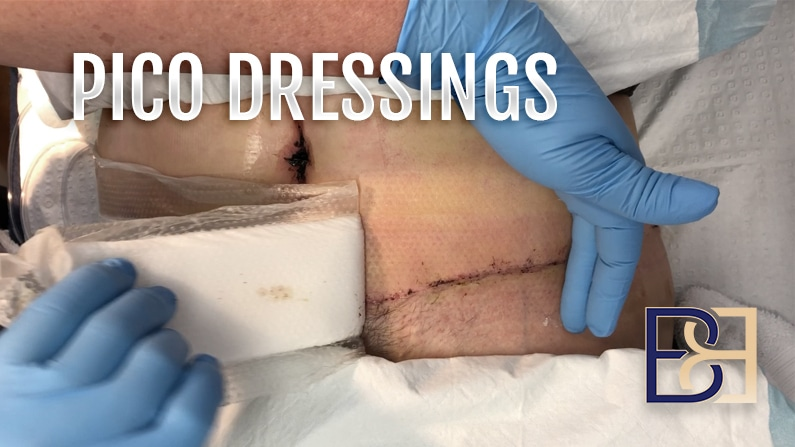
After your tummy tuck surgery, Dr Bernard Beldholm will fit the incision wound with a PICO negative pressure dressing you will wake up with. After your discharge, you will return home with the dressing. You must visit your nurse after seven days for a dressing change.
As you recover at home, you are responsible for taking care of the PICO dressing. Here are some helpful tips on how to take care of and maintain PICO negative pressure wound dressings;
Showering and Bathing
PICO negative pressure dressings are water resistant, meaning abdominoplasty patients can take light showers. However, you must not get the pump wet. Place the pump securely away from the shower water drops.
Note that direct water spraying and submersion should be avoided; these activities will comprise the integrity of the pump and secured seals.
Cleaning PICO Negative Pressure Dressings
It is crucial to maintain proper health standards as you have your PICO negative pressure dressings on. Always ensure the pump stays clean; gently wipe it using a damp cloth, soapy water, or a diluted disinfectant solution.
Avoid Self-Adjustments
Improper application of these dressings will hinder optimal performance. Also, your surgeon might have applied them correctly, but self-adjustments can mess up the dressing’s orientation. Avoid making any adjustments to the fitted dressings. If you experience any pain or discomfort, don’t hesitate to contact your specialist surgeon.
Honour All Appointments
All tummy tuck patients should visit their FRACS surgeon on all specified appointment dates. This is a crucial time as your surgeon can easily assess the wound’s condition and advise on the best course of action based on its progress.
Shortcomings of PICO Negative Pressure Dressings
As much as PICO negative pressure dressings are Dr Beldholm’s top picks for most body contouring surgeries, they have their shortcomings. Some of these limitations include;
- They are not ideal for dressing exposed vessels and organs. Using these options on exposed organs and vessels can lead to complications such as tissue trauma.
- Also, they are not the best option for controlling uncontrollable bleeding. The featured sterile pump might end up draining more blood from the wound.
- These dressings are not adequate when covering or protecting an exposed bone.
- There are various factors in using PICO negative pressure wound dressings on untreated wound infections. Patients are likely to develop complications such as sepsis. The dressing will mask these symptoms, and this will delay treatment. A remedy to this is first to assess the wound for any surgical site infections. Later, administer antibiotics before applying the PICO negative pressure wound dressings.
The Bottom Line
There is no doubt about the effectiveness and reliance of PICO negative pressure wound dressings on tummy tuck surgical wounds. This article highlights why Body Contouring Surgery Clinic surgeons use these advanced options on their tummy tuck patients.
References
- Flynn, J., Choy, A., Leavy, K., Connolly, L., Alards, K., Ranasinha, S., & Tan, P. Y. (2020c). Negative Pressure Dressings (PICOTM) on Laparotomy Wounds Do Not Reduce Risk of Surgical Site Infection. Surgical Infections, 21(3), 231–238.
- Cumpston, M. S., McKenzie, J. E., Thomas, J., & Brennan, S. E. (2020). The use of ‘PICO for synthesis’ and methods for synthesis without meta-analysis: Protocol for a survey of current practice in systematic reviews of health interventions. F1000Research, 9.
- Norman, G., Shi, C., Goh, E. L., Murphy, E. M., Reid, A., Chiverton, L., Stankiewicz, M., & Dumville, J. C. (2022). Negative pressure wound therapy for surgical wounds healing by primary closure. The Cochrane Database of Systematic Reviews, 2022(4).
- Chowdhry, S., Davis, J., Boyd, T., Choo, J., Brooks, R. M., Kelishadi, S. S., Tutela, J. P., Yonick, D., & Wilhelmi, B. J. (2015). Safe Tummy Tuck: Anatomy and Strategy to Avoid Injury to the Lateral Femoral Cutaneous Nerve During Abdominoplasty. Eplasty, 15.
- Saunders, C., Nherera, L. M., Horner, A., & Trueman, P. (2020). Single-use negative-pressure wound therapy versus conventional dressings for closed surgical incisions: Systematic literature review and meta-analysis. BJS Open, 5(1).
- Abesamis, G. M., Chopra, S., Vickery, K., & Deva, A. K. (2019). A Comparative Trial of Incisional Negative-Pressure Wound Therapy in Abdominoplasty. Plastic and Reconstructive Surgery Global Open, 7(5).
- Adjepong, D., & Malik, B. H. (2020). Clinical Applications and Benefits of Using Closed-incision Negative Pressure Therapy with Novel Dressing: A Review Article. Cureus, 12(2).
- Nyman, J., Acosta, S., Monsen, C., Hasselmann, J., Rezk, F., & Andersson, C. (2022). Patients’ Experiences Using Closed Incision Negative Pressure Wound Therapy Dressing After Infra-Inguinal Vascular Surgery. Journal of Patient Experience, 9.
- Obeid, N., Sharma, E., Dunstan, M., Nisar, P. J., Trivedi, P., Madani, R., Scott, H., Trickett, J. P., Bearn, P., & Thomas, G. P. (2020c). Negative pressure therapy for stoma closure sites—a nonrandomised case control study. International Journal of Colorectal Disease, 36(1), 161–167.
- Eriksen, M. B., & Frandsen, T. F. (2018). The impact of patient, intervention, comparison, outcome (PICO) as a search strategy tool on literature search quality: A systematic review. Journal of the Medical Library Association : JMLA, 106(4), 420-431.
